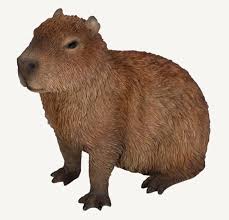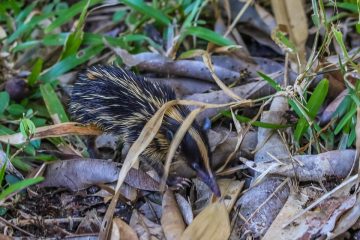Exploring the Life and Habits of Capybaras

Introduction to Capybaras
Capybaras, known scientifically as Hydrochoerus hydrochaeris, are the largest rodents in the world, native to South America. These semi-aquatic mammals are often found in grasslands, savannas, and dense forests near water bodies. Their unique size and friendly nature have made them increasingly popular in various global contexts, particularly in terms of exotic pets. Understanding their habitat, behavior, and needs is essential for conservation and responsible ownership.
Characteristics and Habitat
Adult capybaras can weigh between 77 to 146 pounds and measure 3.5 to 4.5 feet in length. With their barrel-shaped bodies, short legs, and webbed feet, they are excellent swimmers, adapting remarkably well to their wetland habitats. Capybaras thrive in groups, creating social structures that help protect them from predators such as jaguars, caimans, and anacondas. They primarily inhabit countries like Brazil, Venezuela, and Colombia, often living near rivers, lakes, and swamps.
Diet and Social Behavior
As herbivores, capybaras have a diet consisting mainly of grasses, aquatic plants, and fruits. They practice a behavior known as coprophagy, where they eat their feces to extract maximum nutrients. Socially, these animals are highly gregarious, often found in groups of 10 to 20 individuals. Their friendly demeanor has made them a favorite for zoos and wildlife parks, and they’ve even generated interest as pets.
Capybaras as Pets
In recent years, the popularity of capybaras as exotic pets has surged, especially in North America and Europe. However, potential owners must consider several factors before adopting a capybara. These animals require ample space, social interaction, and an environment that mimics their natural habitat to thrive. They can be quite affectionate but need companionship, typically from other capybaras or other animals. Prospective pet owners should ensure they comply with local regulations, as keeping capybaras is illegal in some jurisdictions.
Conclusion
Capybaras represent an intriguing blend of wild and domestic traits, and understanding their needs can lead to successful guardianship in both wildlife preservation and pet ownership. As they gain recognition in popular culture and social media, it is essential to promote responsible ownership and ensure the conservation of their natural habitats. By learning more about these remarkable creatures, we can appreciate their ecological importance and enhance our connection with the animal kingdom.









